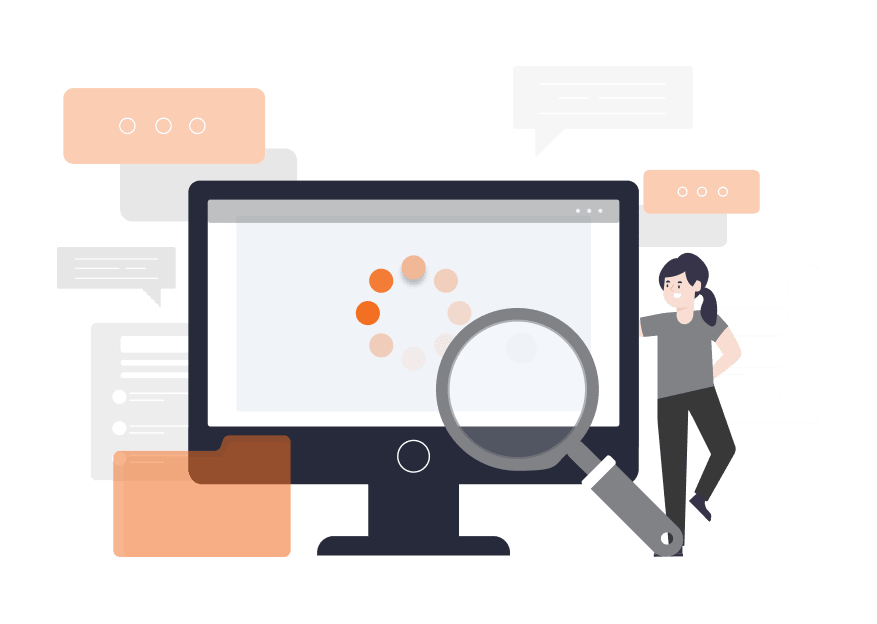Device Profiling & Posture
- Not all devices connecting to a network are the same. A corporate laptop with the latest security updates is far safer than an outdated tablet running old software. That’s why organizations need more than just a username and password check, they need to verify the device itself.
- This is where Device Profiling & Posture comes in. It helps IT teams identify the type of device connecting and verifies if it meets security requirements before giving full access. How Does Device Profiling & Posture Work?

Profiling (Who are you?)
As soon as a device connects, the system identifies it, is it a laptop, smartphone, printer or IoT sensor? It looks at factors like MAC address, operating system, hardware details and behavior.

Posture (Are you safe to enter?)
After identifying the device, the system checks its “health.” Is the antivirus running? Is the OS updated? Is disk encryption enabled? If the device passes these checks, it’s cleared for secure access.
If a device doesn’t meet requirements, access can be blocked, limited to a guest network or redirected to a remediation page (like asking the user to update their software before reconnecting).
This process makes sure only healthy, trusted devices become part of the network.
Why Device Profiling & Posture Matters?
Stops Risks at the Gate
Blocks compromised or non-compliant devices before they cause problems.
Protects Sensitive Data
Ensures only secure devices access critical apps or databases.
Supports BYOD & IoT
Detects unmanaged or unusual devices and applies the right policy.
Easier Compliance
Helps meet regulatory standards that require device-level security checks.
Better Visibility
Gives IT teams a real-time view of every device connecting to the network.
Device Profiling & Posture with QAM
Quantum Access Manager (QAM) strengthens network security with built-in profiling and posture checks:
Profiles devices automatically using attributes like OS, MAC address and usage patterns.
Runs posture checks to confirm devices meet security baselines (like updated patches or antivirus).
Applies policies dynamically. Trusted laptops get full access, while unknown or unsafe devices are isolated.
Integrates with 802.1X and MAB to handle both advanced and legacy devices.
Works with BYOD and IoT by placing unmanaged devices in restricted VLANs.
With QAM, organizations can move beyond “who is connecting” to also confirm “what is connecting”. That makes networks far difficult for attackers to exploit.
FAQs
What is device profiling?
It’s the process of identifying the type of device (laptop, phone, IoT device) connecting to a network.
What is posture checking?
It’s verifying if a device meets security requirements (like updated OS, antivirus, encryption) before granting access.
What happens if a device fails the posture check?
It can be blocked, restricted or redirected to fix its issues before reconnecting.
Does this work with personal BYOD devices?
Yes, QAM applies policies to both corporate and personal devices to ensure safe access.
Why is this important for IoT devices?
IoT devices often lack security features. Profiling helps detect them and place them in controlled network zones.